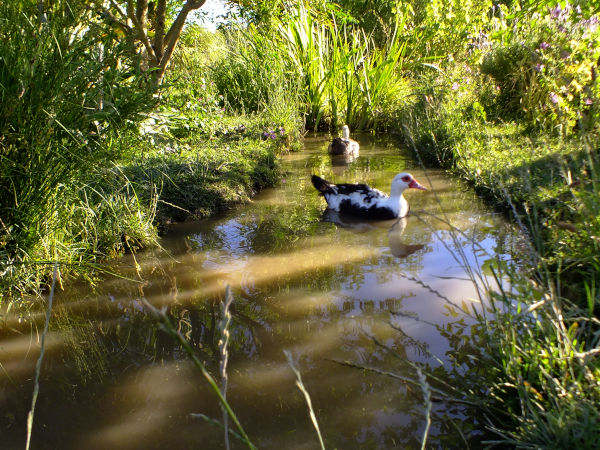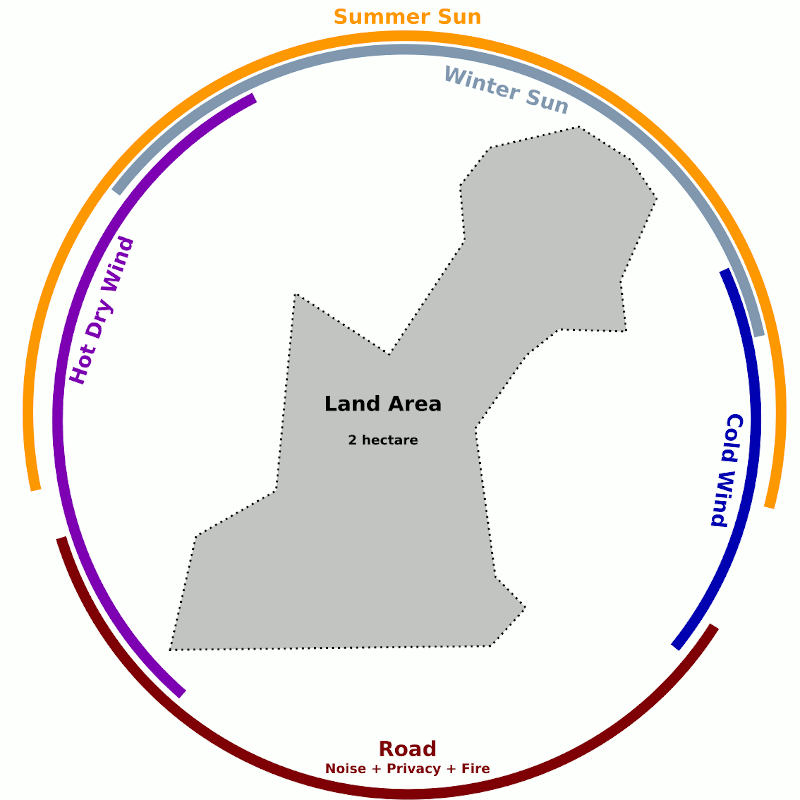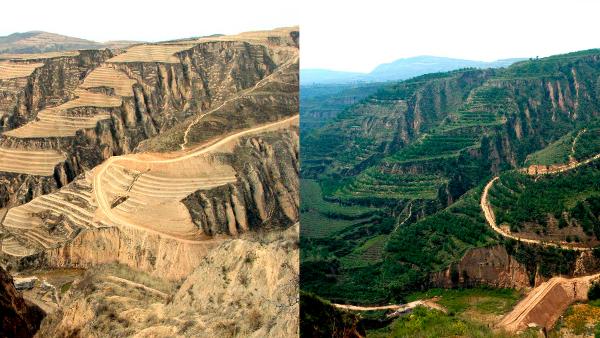Water Smart Solutions: Designing Resilient Landscapes for a Drought-Resistant Future
In an era where droughts are becoming increasingly common, effective land use and water smart design are essential for sustainable living. Our consultancy specializes in innovative strategies that integrate rainwater catchment systems into the very fabric of the landscape, ensuring a resilient environment that can thrive even in the harshest conditions.
By focusing on three core elements - identifying and intercepting water flows, enhancing soil moisture retention and mitigating the impact of hot, dry winds - we empower the transformation of landscapes into efficient water management systems.
Discover how simple land use patterns and strategic planting can not only preserve moisture but also enhance the ecological integrity of your environment, leading to a sustainable future where drought is not a threat but a manageable challenge.
By focusing on three core elements - identifying and intercepting water flows, enhancing soil moisture retention and mitigating the impact of hot, dry winds - we empower the transformation of landscapes into efficient water management systems.
Discover how simple land use patterns and strategic planting can not only preserve moisture but also enhance the ecological integrity of your environment, leading to a sustainable future where drought is not a threat but a manageable challenge.



